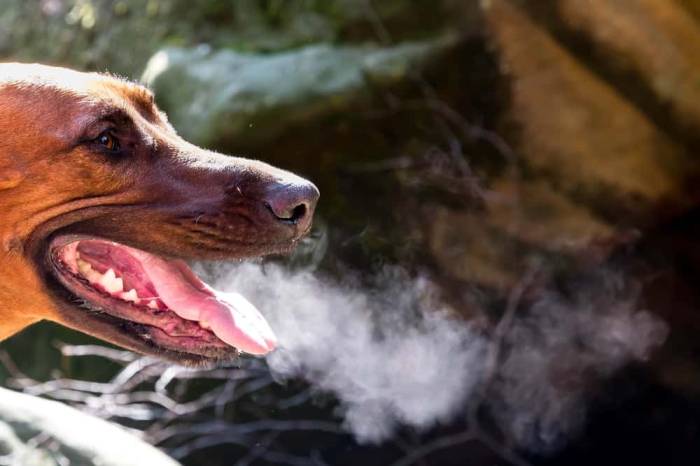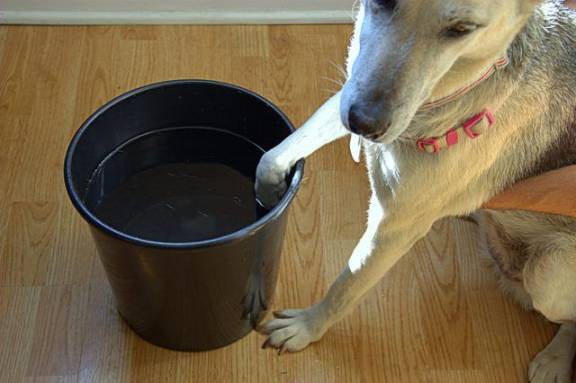Have you noticed your dog’s tail seems to be losing fur? Have bald spots developed on his tail? If so, then you’ve come to the right place.
Connect with a verified veterinarian in minutes. Licensed vets are available 24/7 to answer your questions. No need to worry about your furry family member.
We’ve put together information on some conditions that can lead to a tail losing fur and what you should do if you notice this condition in your dog.
What Causes Fur Loss on a Dog’s Tail?
There are several reasons for hair loss on a dog’s tail. In fact, one of the main causes is allergies! Just like us, our fur babies have developed allergies to certain things in the environment. Dogs are prone to the same allergens that we are. These can include:
- Grooming products
- Perfumes
- Dog food
- Dog treats
- Chemicals from dog toys
- New shampoo
Flea bites are another common cause of fur loss on the tail. These pests bite and cause skin irritation, including allergic skin reactions. The skin becomes red and inflamed, which causes the dog to start biting it to get relief. If the flea bites were on his tail, then your fur baby will be biting in that spot. You’ll probably notice a bald spot, which has irritated skin.
This usually happened only during the warmer months when fleas are active. As the skin becomes more inflamed, the dog bite at it even more. Unfortunately, this can lead a skin infection, which needs to be treated by the vet.
Anal Gland Problems
Another reason dogs may chew the fur off their tails is due to problems with the anal glands. If your dog seems to be licking near his rear end quite a bit and/or scooting across the grass (or carpet in the house), then he may have this problem. His anus may appear swollen, which may indicate a problem with the anal glands.

Review symptoms, medications & behavior to keep your pets healthy with a Vet Online in just minutes.
Ask a Vet Live NowIntestinal Worms
This is another problem that can lead to fur loss on your dog’s tail. It could be tapeworms that are causing the problem. When they come out, the anus can become irritated, which causes your fur baby to lick and chew in this area.
If your dog has this problem, you may notice rice-like bits on your dog’s behind. These are tapeworms, which need to be treated by the vet.
As you can see, there are many things that can cause fur loss on your dog’s tail. If you notice tail hair loss combined with any symptoms listed above, then it’s time to head to the vet for a checkup. With the right treatment, your canine companion will be back to his old self in no time!
Connect with a verified veterinarian in minutes. Licensed vets are available 24/7 to answer your questions. No need to worry about your furry family member.

Kyoko
Kyoko is from a family of 3 and moved to New York with her parents and siblings when she was 13. Kyoko is fond of spending a great amount of time with pets, specifically her beagle Luna and cat Missy. Her boyfriend often complains that she spends too much time giving attention to their animals. Kyoko has written dozens of articles concerning pets and is aiming at owning a pet shop one day!
Review symptoms, medications & behavior to keep your pets healthy with a Vet Online in just minutes.
Ask a Vet Live Now



